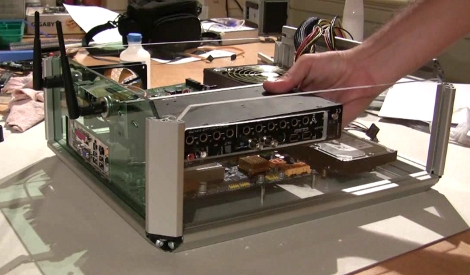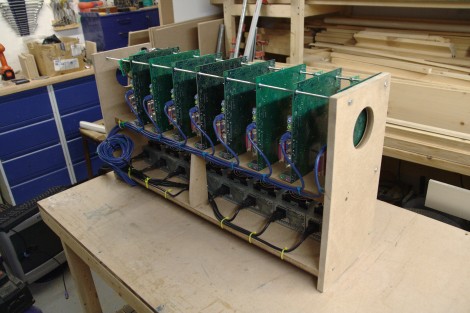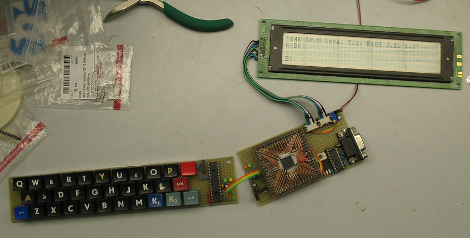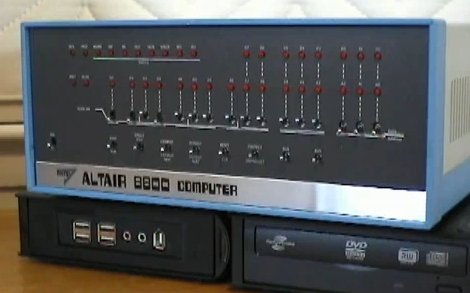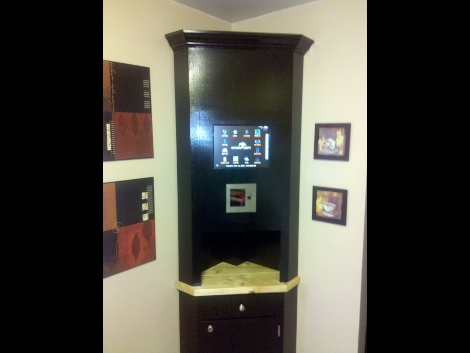
Instead of building a $500 iPad into a cabinet [Gojimi] used the old hardware he had lying around to building this kitchen computer. He did buy a few items such as a used touchscreen and a bar code scanner but the 2 GHz computer was just collecting dust. It’s running Windows XP, talks to you like HAL or KITT, and scans the bar codes on food as you add it to the pantry or using it for meals. The lengthy video after the break covers all of the features, such as Weight Watcher’s calculations, food information, recipe book, unit converter, weather forecast, browser, and digital picture frame. It seems to have more features than the iPhone kitchen lookalike but it also looks dauntingly complicated. But we still want one.
Continue reading “Build HAL Into Your Kitchen” →
